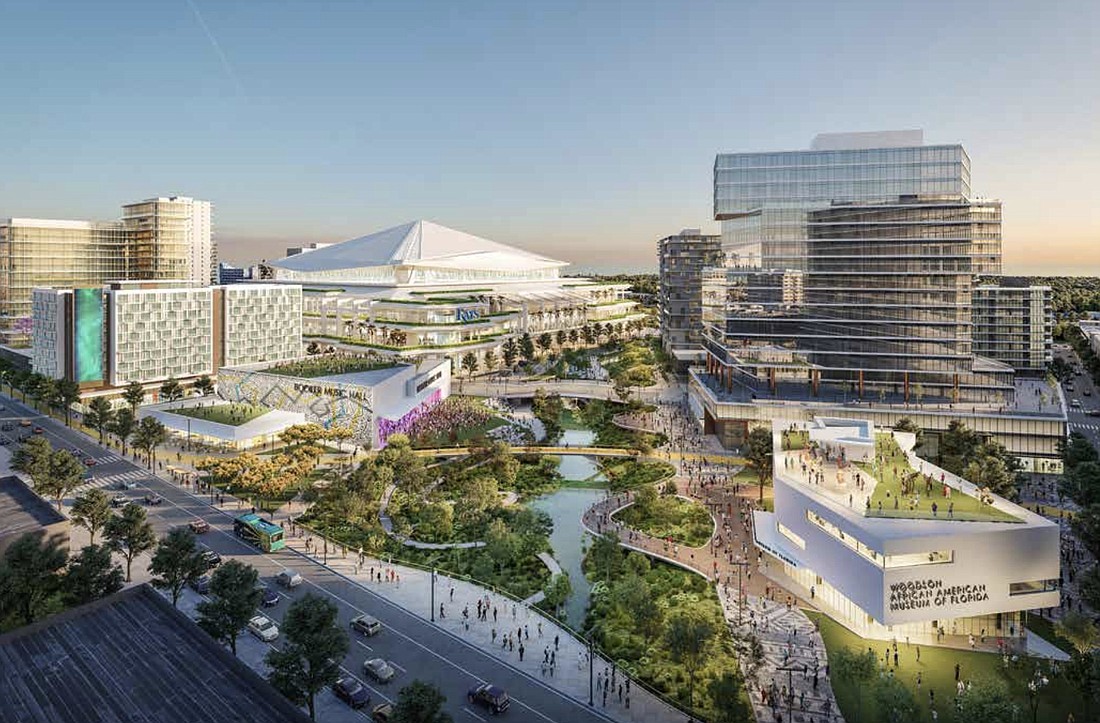- December 13, 2025
-
-
Loading

Loading

The Tampa Bay Rays officially recently unveiled plans for a new $1.3 billion stadium that will be built with about $600 million in funds from the city of St. Petersburg and Pinellas County and at least that much from the team.
The plan, crafted to keep the Rays in the city for at least the next 34 years, ends a more than 15-year effort to find a permanent home for the team. It calls for a 30,000-seat, domed stadium to be built near where Tropicana Field stands today.